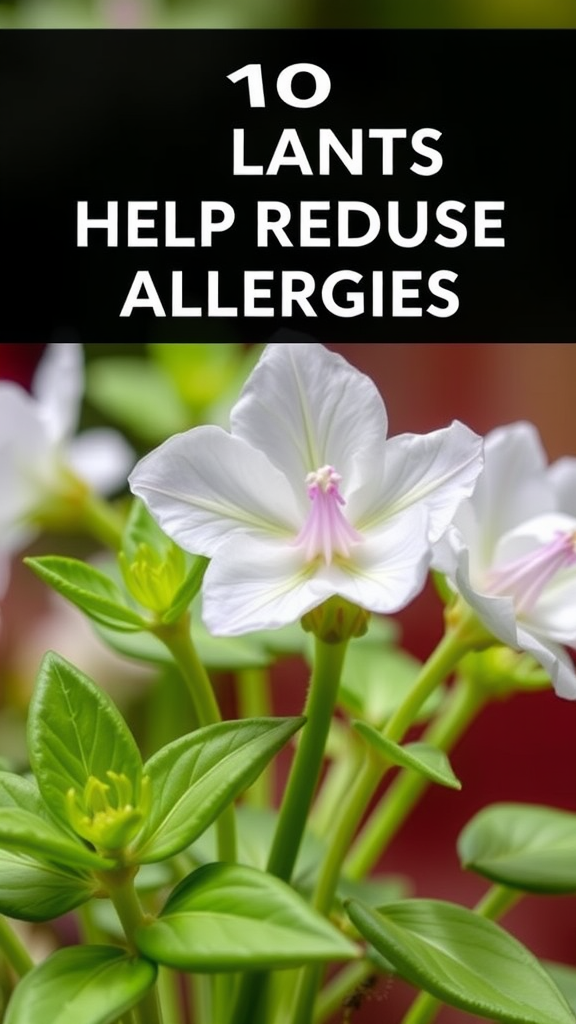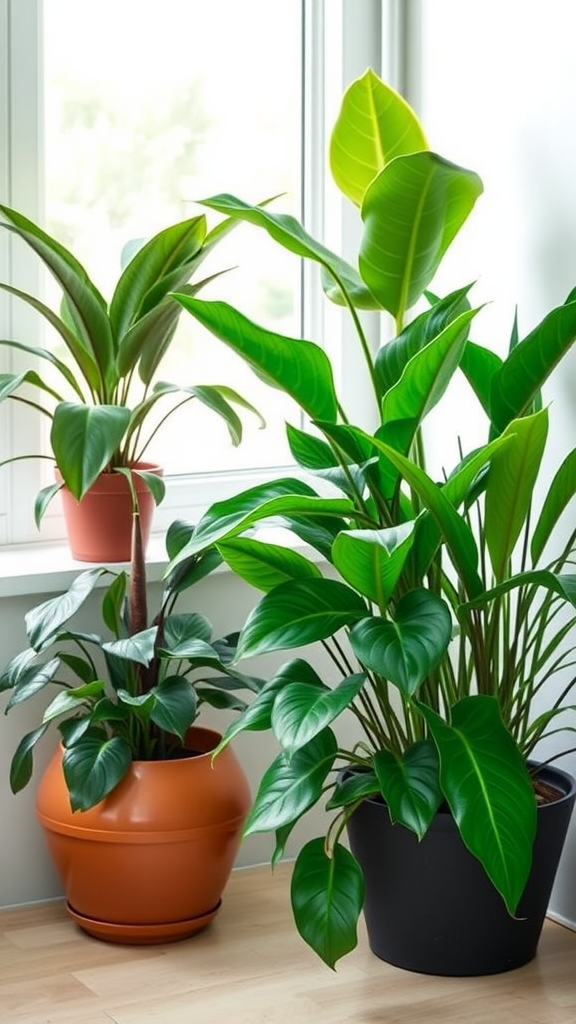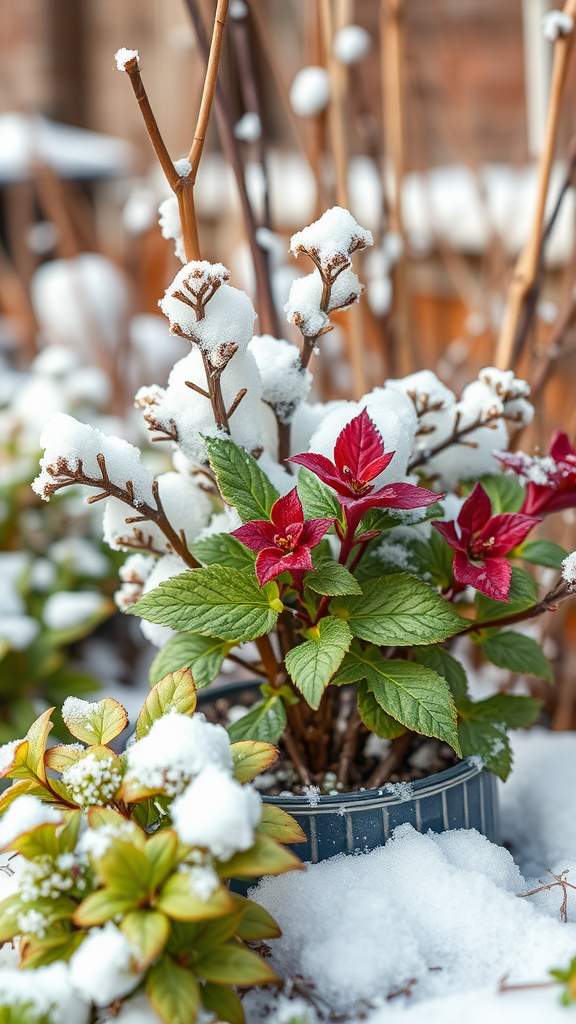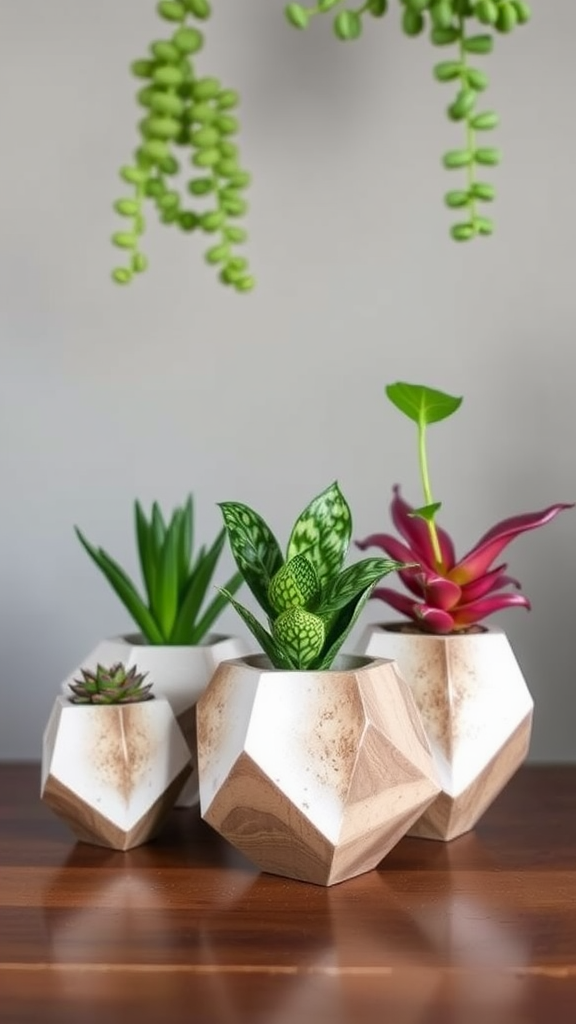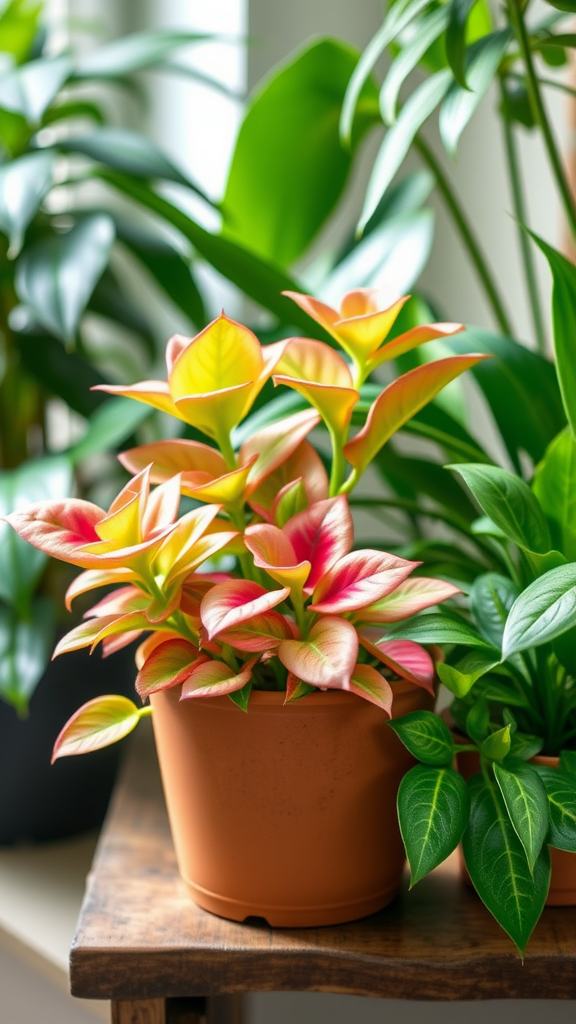Exploring 10 Plants That Help Reduce Allergies: Nature’s Allergy Relief Solutions
Allergies can make everyday life uncomfortable, but did you know that certain plants can help reduce allergy symptoms? Nature provides us with a variety of options that can improve air quality and minimize allergens in our surroundings. Let’s explore ten plants that can serve as effective natural solutions for allergy relief.
1. Aloe Vera
Aloe vera is not only famous for its soothing properties but also for filtering out toxins from the air. This hardy plant is easy to care for, making it a great addition to your home. Its gel also helps soothe irritated skin, which is ideal for allergic reactions.
2. Spider Plant
The spider plant is an excellent air purifier, known for removing harmful pollutants from indoor air. This plant thrives in indirect sunlight and requires minimal watering, making it perfect for busy households. Consider placing it in your living room or bedroom for effective allergen reduction.
3. Lavender
Lavender isn’t just a fragrant flower; it’s also a natural antihistamine. With its calming aroma, it can alleviate allergy symptoms like headaches and anxiety. You can grow lavender indoors or enjoy its fragrance through essential oils or dried flowers.
4. Peace Lily
The peace lily is beautiful and functional. It helps to filter toxins from the air and increases humidity levels, which can ease irritated respiratory systems. Place a peace lily in a dimly lit area, and it’ll thrive while providing allergy relief.
5. Bamboo Palm
The bamboo palm is known for its ability to remove benzene, formaldehyde, and trichloroethylene from the air. This plant grows easily in indoor conditions and adds a lush look to your space. It’s particularly helpful in large rooms or offices where air quality might be a concern.
6. Golden Pothos
Golden pothos is a robust plant that can tolerate various lighting conditions, making it a popular choice. It effectively removes indoor air pollutants and can help combat the effects of mold, which can trigger allergies. Plus, its trailing vines can beautifully decorate any space.
7. Chrysanthemum
Chrysanthemums are not just vibrant flowers for your garden; they excel at filtering harmful substances from the air. They can eliminate toxins and increase indoor humidity, making them a great choice for allergy sufferers. Keep them in bright sunlight for the best results.
8. Snake Plant
The snake plant or mother-in-law’s tongue is another low-maintenance plant that helps cleanse the air at night. It converts CO2 into oxygen, promoting better air quality while you sleep. This makes it ideal for placing in your bedroom for allergy relief throughout the night.
9. English Ivy
English ivy is a climbing plant that can significantly reduce airborne mold particles and other allergens. It thrives in both sunny and shaded areas and can adapt to any environment. Regular care helps maintain its lush growth, which in turn keeps your indoor air cleaner.
10. Peppermint
Peppermint is known for its refreshing scent, which can help open airways and relieve congestion. Planting peppermint can also deter insects and pests, reducing potential irritants in your home. You can use the fresh leaves in tea or as an essential oil for added benefits.
Integrating these plants into your home not only creates a more visually appealing environment but also aids in reducing allergens and improving air quality. Each of these plants can contribute to a healthier indoor ecosystem, offering a natural path to allergy relief.
While it’s important to remember that these plants might not eliminate allergies entirely, they can provide additional support in managing symptoms effectively. Incorporate a few of these delightful plants into your home, and you may soon breathe a little easier.
Tips for Incorporating Allergy-Friendly Plants into Your Home Environment
Creating a home environment that is friendly for allergy sufferers can be easier than you think. You can reduce allergens in your living spaces by choosing the right plants. Here are some tips to incorporate allergy-friendly plants into your home effectively.
Choose the Right Plants
Not all plants are created equal when it comes to allergies. Opt for those that are known to emit fewer allergens. Consider the following allergy-friendly plants:
- Spider Plant: This hardy plant improves air quality and requires minimal care.
- Pothos: Known for its ability to purify the air, it also thrives in various light conditions.
- Bamboo Palm: This palm is excellent for filtering out toxins from the air and is safe for pet owners.
- Peace Lily: While it does produce a small amount of pollen, it cleans the air effectively.
- Areca Palm: Another great air purifier, it adds humidity to the air, which can help reduce dry skin and respiratory issues.
Consider Placement Wisely
The placement of your plants is crucial in maximizing their benefits while minimizing allergens. Here are some tips:
- Keep plants away from high-traffic areas to prevent excessive dust accumulation.
- Place plants in rooms where you spend the most time, such as your living room or bedroom, to enhance air quality.
- Avoid placing plants in damp areas, as moisture can attract mold, which can worsen allergies.
Proper Plant Care
Maintaining your plants properly not only keeps them healthy but also helps reduce allergens in your home. Here are a few care tips:
- Regular Dusting: Dust your plants regularly to prevent mold and dust from settling on the leaves.
- Watering: Be mindful of your watering habits. Overwatering can lead to mold growth, so ensure your pots have good drainage.
- Inspect for Pests: Check your plants often for pests, which can contribute to allergies. Remove any affected leaves immediately.
Utilize Air-Purifying Benefits
Many of the plants you choose can help purify your indoor air, which can alleviate allergy symptoms. Use the following strategies:
- Group several plants together; they can work together to improve air quality.
- Limit the number of flowering plants in your home, as they can produce excess pollen.
- Incorporate a variety of plants, as different species absorb different toxins and allergens.
Incorporate Plant Styling
Integrating plants into your home shouldn’t just be about their functionality. You can also style them to create a cozy, inviting atmosphere. Here are some ideas:
- Use decorative pots that match your home decor to add an aesthetic touch.
- Hang plants in macramé hangers to save counter space and add visual interest.
- Create a plant wall with various heights and types of allergy-friendly plants for a stunning focal point.
Consider Seasonal Changes
As seasons change, your allergies might fluctuate too. Some plants may thrive in different conditions, and their care requirements may also shift. Keep these points in mind:
- During winter months, indoor heating can dry out air, making it essential to monitor your plants’ health.
- In spring and summer, consider rotating your plants outdoors to soak up natural sunlight while keeping an eye on weather changes.
By carefully selecting and maintaining plants that are friendly for allergy sufferers, you can transform your home into an oasis of clean air and wellness. With thoughtful placement and care, these plants will not only brighten up your space but also help alleviate allergy symptoms. Start your journey to a healthier home environment today!
Conclusion
Bringing plants into your space not only enhances the ambiance but also provides a natural refuge for those prone to allergies. The 10 plants we’ve discussed offer diverse benefits, from purifying the air to reducing allergic reactions. Whether you’re battling dust mites, pollen, or pet dander, choosing the right greenery can create a healthier indoor environment.
These allergy-friendly plants into your home can be simple and rewarding. Identify areas where you spend the most time, like your living room or bedroom, and position your selected plants there. Elevate the look and benefits by grouping them for added humidity while keeping in mind the specific light and watering needs of each type.
Also, consider potting your plants in materials that help with drainage and air circulation, as this can prevent mold growth—a common allergen. Regularly dusting the leaves of your plants will keep them lush and lessen any potential allergens.
By integrating these natural solutions into your home, you not only improve air quality but also foster a sense of well-being. With a little effort, you can transform your space into a sanctuary of health, making everyday living more comfortable for everyone. Embrace the power of nature and take charge of your indoor environment for a fresher, brighter, and allergy-friendly life.

